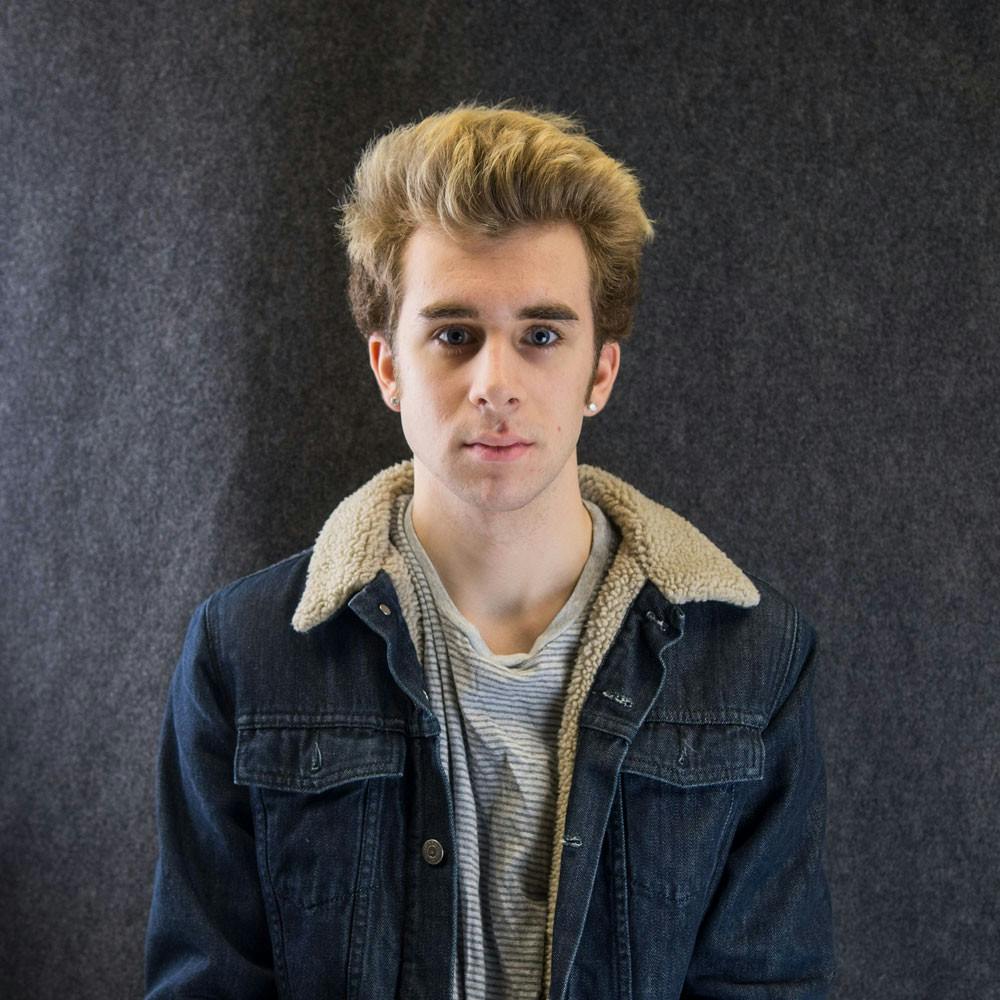Growing up, I always felt the need to express myself through the way I dressed.
In the eighth grade, I switched schools and thought it was time for a new look.
I began to wear Air Jordan sneakers and the reactions I got from my classmates made me feel like an absolute king. I kept buying more and more shoes from Plato’s Closet and one pair of shoes turned into a collection.
It wasn’t until my freshman year of high school when that validation and confidence turned to bullying and belittlement.
Sometime in December of that year, my mom drove me to Plato’s Closet for a small shopping spree. I ended up discovering a pair of replica Paranorman Foamposite sneakers.
The authentic sneakers were worth roughly $1500 at the time, which seemed like a fortune to my 14-year-old self. So, for $60, my mom gifted me with this “early Christmas present.”
Unfortunately, the sight my early gift brought out the worst in some of my classmates. I was called names like “flaze” and “the kid with the fake shoes.” This resulted in cyberbullying and some of the worst months of my life.
The torment was heartbreaking to me as a 14-year-old. Although the hobby that I began to love so much led to feelings of disappointment and fear, it also led to a new spark.
My heart escaped from the sneaker game and found itself exploring fashion. I began to focus more on what I was wearing on my body rather than what I rocked on my feet.
I looked at people like Justin Bieber and Harry Styles as models to build my fashion sense after.
After a while, I began to develop a style that was unique to myself. I finally discovered who I was in those four years and my peers finally accepted me for that. Their understanding of my passion ended up winning me the “best dressed” award for my graduating class.
When I heard that UB’s Fashion Student Association was doing a model call for their Cultural Exposé fashion show, I quickly jumped at the opportunity.
Modeling has been something I’ve wanted to try for the longest time, so I figured this event would be the perfect introduction to the art form for me.
This fashion show was much more than my first modeling experience; it was my first time witnessing such expressive pieces worn by other cultures.
Often times I feel like I get so caught up in my own fashion sense that I don’t pay nearly enough attention to what’s being worn in other areas of the world. This event truly broadened my appreciation of the fashion of other cultures.
Before the event started, my priority was getting the model walk down. As a young kid, bullying lead to a sort of lack of confidence, so standing up straight and looking forward wasn’t something I was necessarily used to.
Despite that being the case, I still managed to learn how to present the outfits well from a fashion show veteran. He gave me tons of advice and even helped me learn how to throw in a spin or two.
For the show, I was given three different outfits. The first ensemble I presented was a Latin American outfit. It included a sombrero, white shirt, white pants, colorful vest and a red belt.
The sombrero was far wider than any hat I’ve ever worn, so I was initially turned off.
After trying it on, I began to understand the appeal of the outfit. Wearing such a large hat gave me great confidence and I felt incredibly proud to represent the piece.
My other two assigned outfits were both African. The first was a matching shirt and pants of a very unfamiliar pattern, while the other consisted of another unfamiliarly patterned shirt and white pants.
Both outfits required bare feet, which I found quite liberating.
Wearing no shoes is something that would be considered almost strange in our country, yet when I walked with nothing on my feet, I felt a sense of comfort. This gave me confidence presenting the outfits and helped me to understand their importance.
FSA’s Cultural Exposé wasn’t only my first fashion show, but it was my first opportunity to understand the fashion of different cultures across the world. Even though learning how to walk like a model was pretty difficult at first, I was grateful to take part in something that showcased the importance of diversity in clothing.
This event was confidence-boosting, helped me appreciate clothing of other cultures and was something a my 14-year-old self would’ve been proud to see.
Brenton Blanchet is a contributing writer and can be reached at arts@ubspectrum.com





